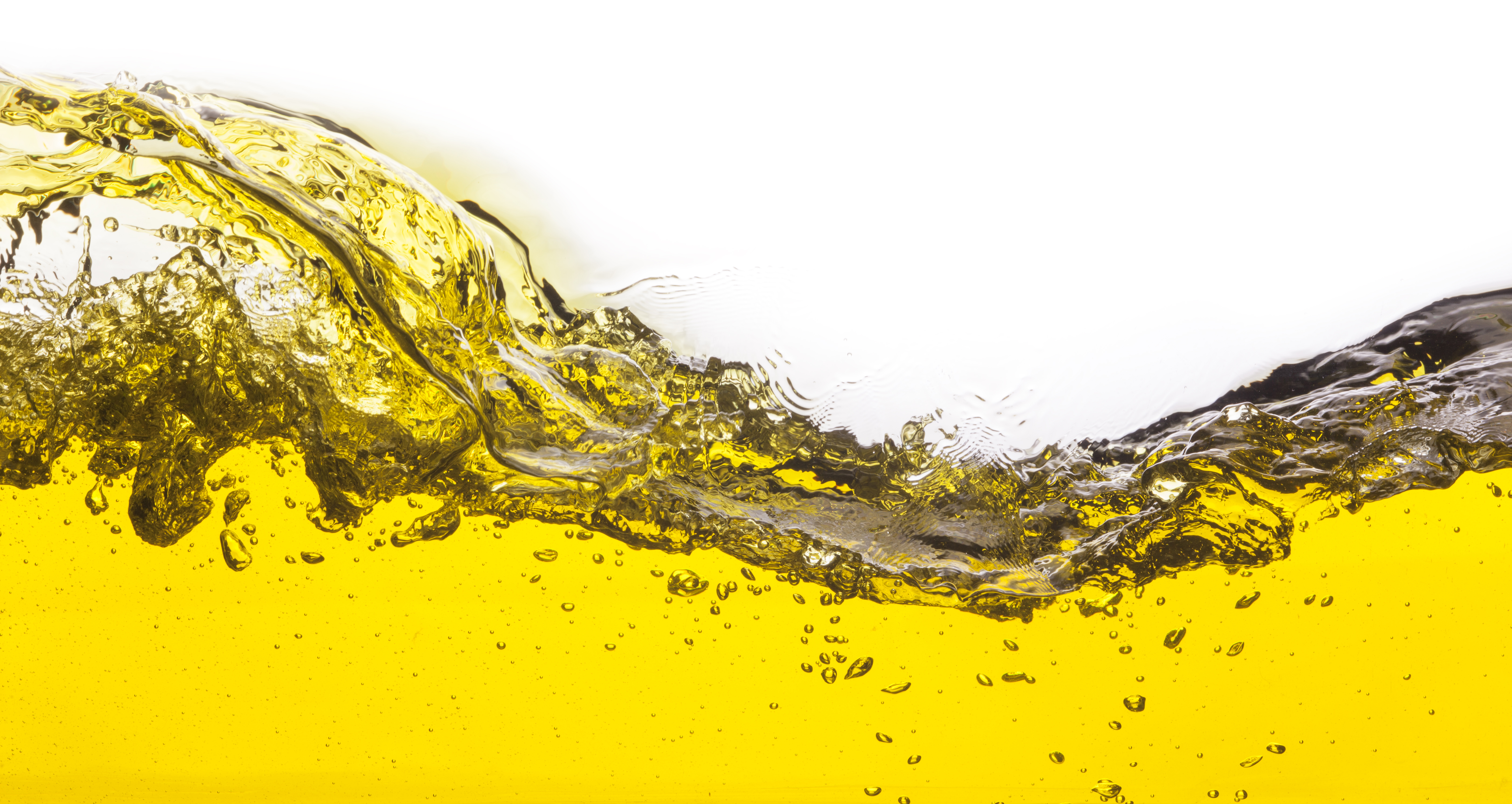Current market dynamics have forced many producers to alter their diets, including switching fat sources and storing fats and oils for an extended duration.1 This means fats and oils may be at increased risk of oxidation. Therefore, it’s a good time to ask, “how is my fat looking?” and brush-up on tips to get the maximum nutritional value from your stored fats and oils this year.
Tip 1 – Monitor Lipids for Oxidation Markers
Knowing the quality of the components going into your livestock feed – new and old – is practical and important. This is especially true for expensive ingredients, like supplemental fats and oils, which are highly variable in nature and can easily lose their quality and nutritional value over time.
Purchasing high-quality fat, preferably from one or two verified suppliers is highly recommended as a first step in an oxidation control program. But, it’s important to understand that common fat quality measures – like color, moisture, insolubles, unsaponifiables, free fatty acid content, etc. – do not necessarily characterize oxidation damage.2
The oxidation process results in specific primary and secondary degradation products – peroxides and secondary oxidative molecules – which are produced at different stages of oxidation. Analysis of these molecules provides producers with a snapshot of the current state of oxidation damage in their fats and oils. Producers should also consider evaluating the susceptibility of fats and oils to future oxidation – via oxidative stability index (OSI) methods – which can provide insights into the future risks of oxidation.
Tip 2 – Don’t Forget About the Influence of the Fat Tank
When it comes to fat quality, the condition of the fat tank is often overlooked. Sediments in fats and oils accumulate as “sludge” at the bottom of the fat tank. Over time, this sludge builds up, and a layer of residue coats the inside of the tank. These residues contain high amounts of free radicals which, once mixed with new fat, disperse and immediately promote oxidation of the new fat.
As the two examples below illustrate, a dirty fat tank is the enemy of stored fat quality. In the first study, corn oil stored for two months in a dirty tank had 20X higher peroxides and greater than 2X more secondary oxidatives compared to when received (Table 1).3 A second study (Table 2) showed the OSI of poultry fat dramatically decreased after storage in a dirty tank for two weeks.4 Keeping your fat tank clean is critical to oxidation control, especially if fats and oils will be stored for an extended period of time.

